Source: PipelineOnline
Date: October 31, 2025
ESTEVAN – It was quite the thing to see two unions listed among the sponsors for the Estevan Premier’s supper on Oct. 30, but there they were, the International Brotherhood of Electrical workers and United Mine Workers of America, alongside a coal mining company and an oilfield company.
And yet, for a year that seen one of the largest policy shifts in recent memories, it was a time to perhaps say thanks to a government that stood up to federal coal regulations and and intends on keeping the lights on after Jan. 1, 2030.
(On cold winter nights, coal accounts for up to 44 per cent of Saskatchewan’s power supply, and federal coal regulations would require nearly all of that to shut down in four years and two months.)
Thus it was a full house at Estevan’s Wylie-Mitchell building, with a large contingent of Sask Party MLAs and cabinet ministers present and mingling.
Moe spoke first, and then was joined by Minister of Crown Investments Corporation Jeremy Harrison and Minister of Highways David Marit – all three of which were integral into the coal decision.
In the energy portions of his initial speech, Moe spoke of “affordable, reliable power.”
“When I look out over the course of the next number of years in this very uncertain world, Saskatchewan has a very a tremendous opportunity in the medium and long term to capture some of the investment that we see flowing around the world. We had the nuclear conference in Saskatchewan just a week ago. Subsequent to that, we see a Saskatchewan company at the very center of an $80 billion nuclear deal with the United States of America.”
Carbon tax
Part of the discussion was on the carbon tax, and Harrison pointed out how Moe, then as Minister of Environment, walked out of a meeting of ministers with respect to the federal carbon tax. Moe gave credit to Prime Minister Mark Carney for removing the consumer carbon tax. However, the industrial carbon tax remains, and Harrison pointed out that 80 per cent of that was being paid by SaskPower, and thus by its ratepayers. That is now removed.
Harrison said, “We were the only jurisdiction in Canada when all of the winds were pushing the other way. We were the only jurisdiction in Canada that stood against the carbon tax from day one. We were the first jurisdiction in Canada that removed the carbon tax on the consumer component of that. In fact, I’m still getting the bills for that, by the way.”
He referenced how Saskatchewan changed the law to make a particular minister, him, personally responsible for the carbon tax. Harrison said he has $261 million in outstanding carbon tax notices posted on his fridge, and he points to that when his son asks for a new Xbox.
“They actually personally send me the bill for owing carbon tax,” Harrison said.
“Every single person in this province that has a power bill would have which had a federal Carbon Tax attachment to it, we took that off, and nobody in this province is paying federal carbon tax on that industrial portion. So this needs, this is the very definition of a ridiculous, outrageous, do-nothing tax other than purely just as a tax on you. The idea behind this, even by the Liberals definition, is that this is somehow going to change behavior. That’s the reason, that’s the policy rationale for having having a carbon tax in place. Well. 80 per cent of the industrial carbon tax is paid by one company, and that company happens to be SaskPower. Is anybody in this room going to have their behavior changed in keeping the lights and the heat on in your house when it’s minus 40?
“This is the very definition of a stupid tax, and we have taken it off. And you know, look, we are very confident that we are exercising our legitimate jurisdiction as a province. We are very confident of that, but I’ll tell you, we’ve been subject to significant criticism from doing that, including today, by the way, where the NDP and I try not to be partisan, not partisan, (I’m) really not a very partisan member. But even today, though the NDP were demanding that we re Institute the industrial carbon tax on Sask. Power bills, I actually read the scrum afterwards that they did, for some reason, in the rotunda, and they were literally demanding that we reinstitute the carbon tax on your SaskPower bill. So this is what we’re dealing with. We’re not putting it back on and we’re going to continue to make sure we’re taking care of the best interest of the people.”
Coal
On coal, Moe said that under the Stephen Harper administration, coal plants could run until 2030, or until 50 years from the startup of the plant. “That was changed arbitrarily and unconsulted by Trudeau, he who should not be named.
“We’re doing a little bit better now, but by him, where it says, nope, 2030 they’re all done. In 2035, gas plants are done. I had said in my opening comments the importance and the focus that we’ll have on affordable and reliable power. And you’re going to hear about you’re going to hear about that a lot, not just tonight, but in the weeks and months ahead. And that is really the guiding principles on how we are going to generate power into the future. It needs to be reliable, it needs to be affordable. If we get this right, and this is at the very core, I think, of how bullish I am on the success of the province in the medium to long term, and us being able to attract some of the sizable investment into the industries that are going to continue to create good careers in Saskatchewan. But this is a, this is a very foundation of it, is to have affordable utility rates for us as families and for that investment environment so affordable, reliable? How are we going to achieve that?”
Harrison picked up on that and said, “Absolutely, Premier. And you know, we made a decision really predicated on what we heard during the election campaign. There were only two ‘abilities’ that mattered when it came to the cost of living and how we were going to address that, and that was reliability and affordability. And those are the only two metrics through which we are looking at what the future of that affordable and reliable power is going to be.
“To that, we released our energy security strategy just last week, right before the nuclear conference. But one of the decisions we had announced before that was that we are going to continue to run coal, here in this province of Saskatchewan,” Harrison said to applause.
Moe pointed out the importance of local support. He and Harrison pointed to Estevan Mayor Tony Sernick, RM of Estevan Reeve Jason LeBlanc, who now sits on the SaskPower board, the leadership of the International Brotherhood of Electrical workers and United Mine Workers of America. Harrison also mentioned Westmoreland Mining and Mancal.
Harrison continued, “We expected that we are going to be subject to very, very significant criticism for the decision. But I can tell you, I think I speak for the entire cabinet and the Premier and saying I know, from my perspective, 21 years in elected office, I have never been so sure that the decision is the right one than the one we have taken on this.
“And this is going to have generational implications, not just for the people who are directly employed are working in the industry or the communities, this really is the cornerstone of having reliable, affordable power. And we are in a very unique position in North America, in being the only jurisdiction where we actually have allocatable, dispatchable baseload power. And that is an enormous advantage. We literally have companies knocking our doors down to, whether it be project based, whether it be in the data center sphere, whether it be in other spheres, because this really is going to be the measure by which economies are growing.
“You know, in the past, I think there were, you know, other fundamentals that were looked at about your potential for growth in your economy to grow into the future, the fundamental is going to be do you actually have power? Harrison said.
“It’s there today,” Moe added.
Nuclear
Harrison continued, “And we are uniquely positioned because of the decisions we have taken about securing our future and that we’re reliable, affordable power. And that’s going to move as we move into that nuclear sphere as well. An enormous advantage that we have here in Saskatchewan, an incredible uranium resource. And that was another part of that energy security announcement is we are going to be moving into that nuclear sphere as we go forward into the future. We’re looking at SMRs here, in Estevan. Of course, we are looking at large scale nuclear as well, very, very seriously, even probably more seriously given the amazing, remarkable events of the last week, and the central role Cameco and Saskatchewan plays in one of the largest announcements you’ve ever seen from the US government.
Moe clarified, “That is going to be the first eight to 10 reactors. So it’s going to provide price certainty in the nuclear space, which is one thing that the nuclear space needs. And that is coming now. And this is really an exciting time, and Saskatchewan is at the centre.”
Harrison said, “We are uniquely positioned in this space to benefit. At the end, at the end of the day, that’s really what this is about, creating opportunities for young people here in this province, creating opportunities for jobs and a future. And you know, we’ve been in spaces that were somewhat similar at the first time the nuclear renaissance came along, and what happened? The NDP pushed them all out. The NDP pushed it all to Ontario and all that supply-add has been there for the last 40 years. We’re not going to have that happen.”
Marit, whose riding includes the Poplar River Mine and Poplar River Power Station, spoke of how he and Estevan-Big Muddy MLA and Minister of Mental Health and Addictions, Seniors and Rural and Remote Health Lori Carr would question just why Saskatchewan would be throwing away coal.
Marit said, “I think it has to be said. I know when the federal government said no more coal, and you had to phase it all out, and we’re sitting around the Cabinet table years ago, and that was coming forward, and SaskPower was doing the phase out, and how it was going to close down. Coronach was going to be in 2029 and they were going to do the similar ones in the later years in Estevan. I remember Lori and I at the cabinet table, and we’d be shaking our head saying, ‘What the hell is wrong with coal? If it went away, what it was going to do to our communities?’ But the reason I wanted to say something here is what this has meant for my constituency, the community of Coronach, to even the communities around Rockglenn, Willowbunch, Bengough, even over to Ogema and Assiniboia, where we live, and what it’s going to mean to those communities and the economy around there as well. But I wanted to do this in public, and I think it has to be said here, because there’s two gentlemen that would never take any recognition for any of this, because they’re just doing their damn job and they’re here tonight. One is this man right here, Minister Harrison, and the other one is Tim Highmoor, vice president of Crown Investments Corp.”
He added, “These two gentlemen fought like hell, and we’ve landed where we are today because of these two men. I couldn’t be more thankful and more grateful. Thank you.”
Moe said, “I couldn’t agree more.”
He added, “I talked a little bit about the importance of affordable, reliable power. That’s the base of the ability for us to attract that investment.”


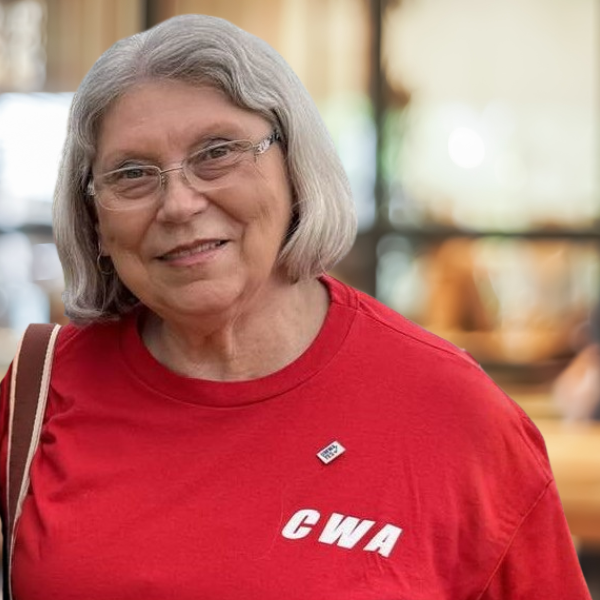

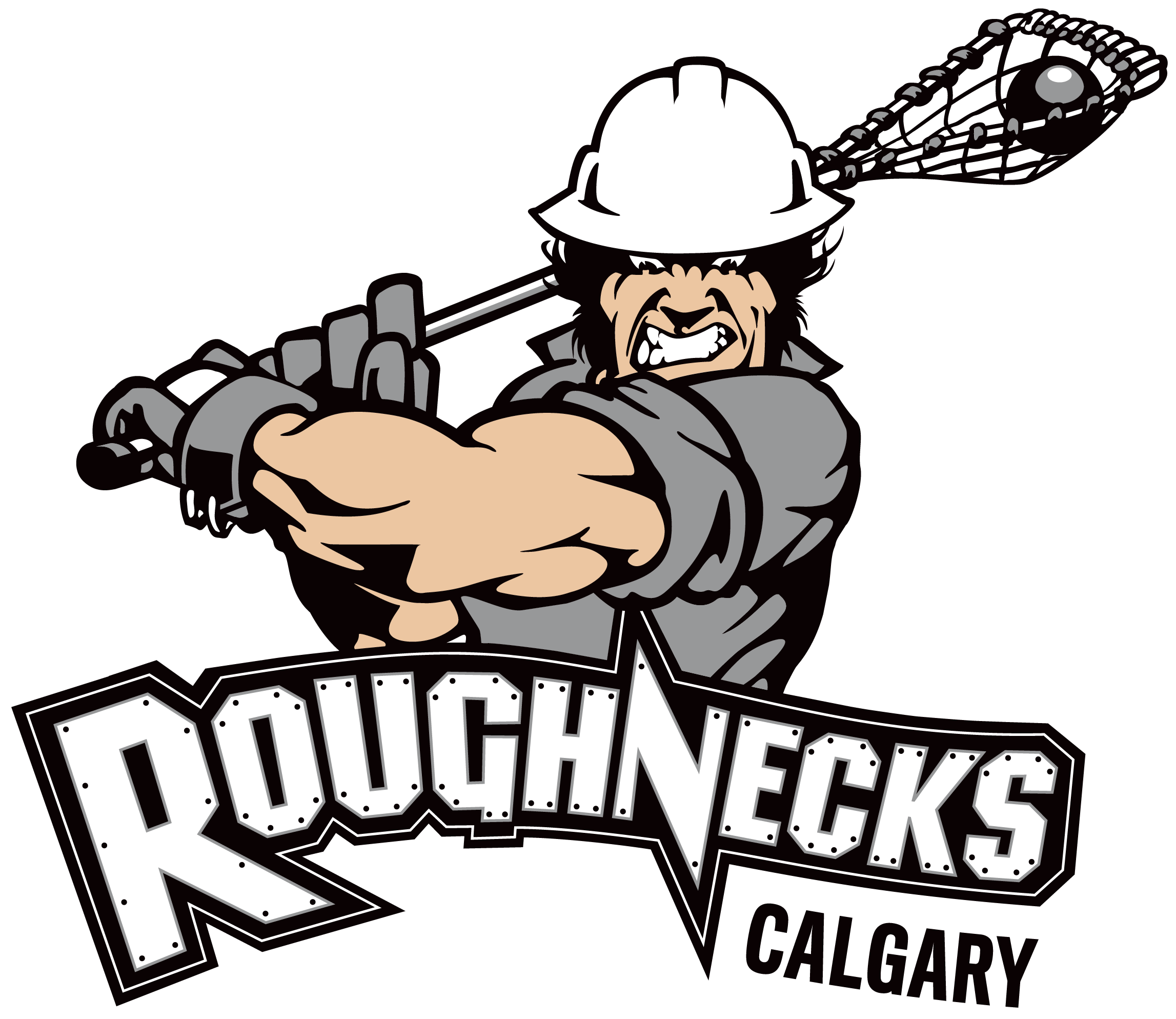
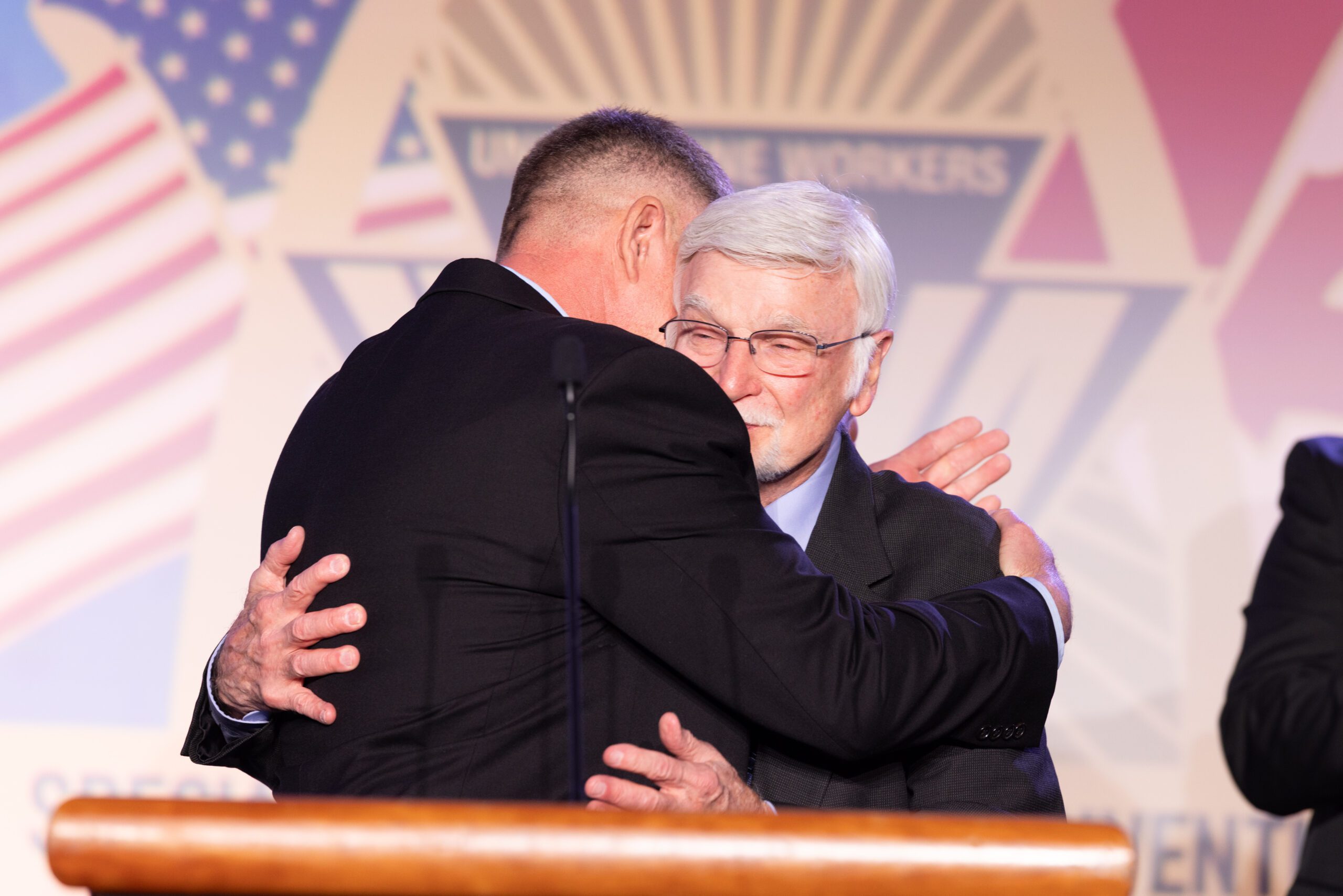 “You can’t replace a legend, you can only follow them,” said Sanson.
“You can’t replace a legend, you can only follow them,” said Sanson.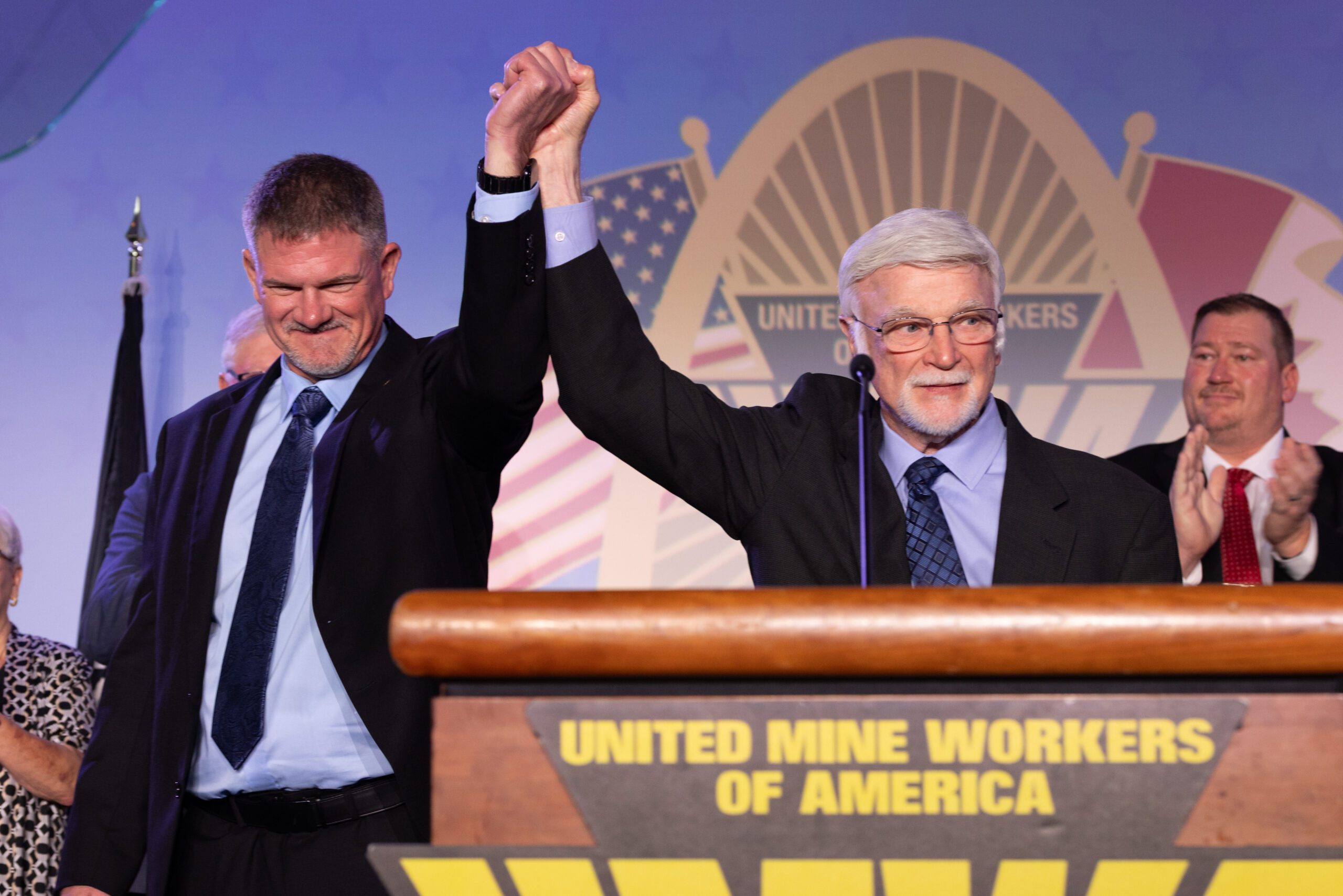
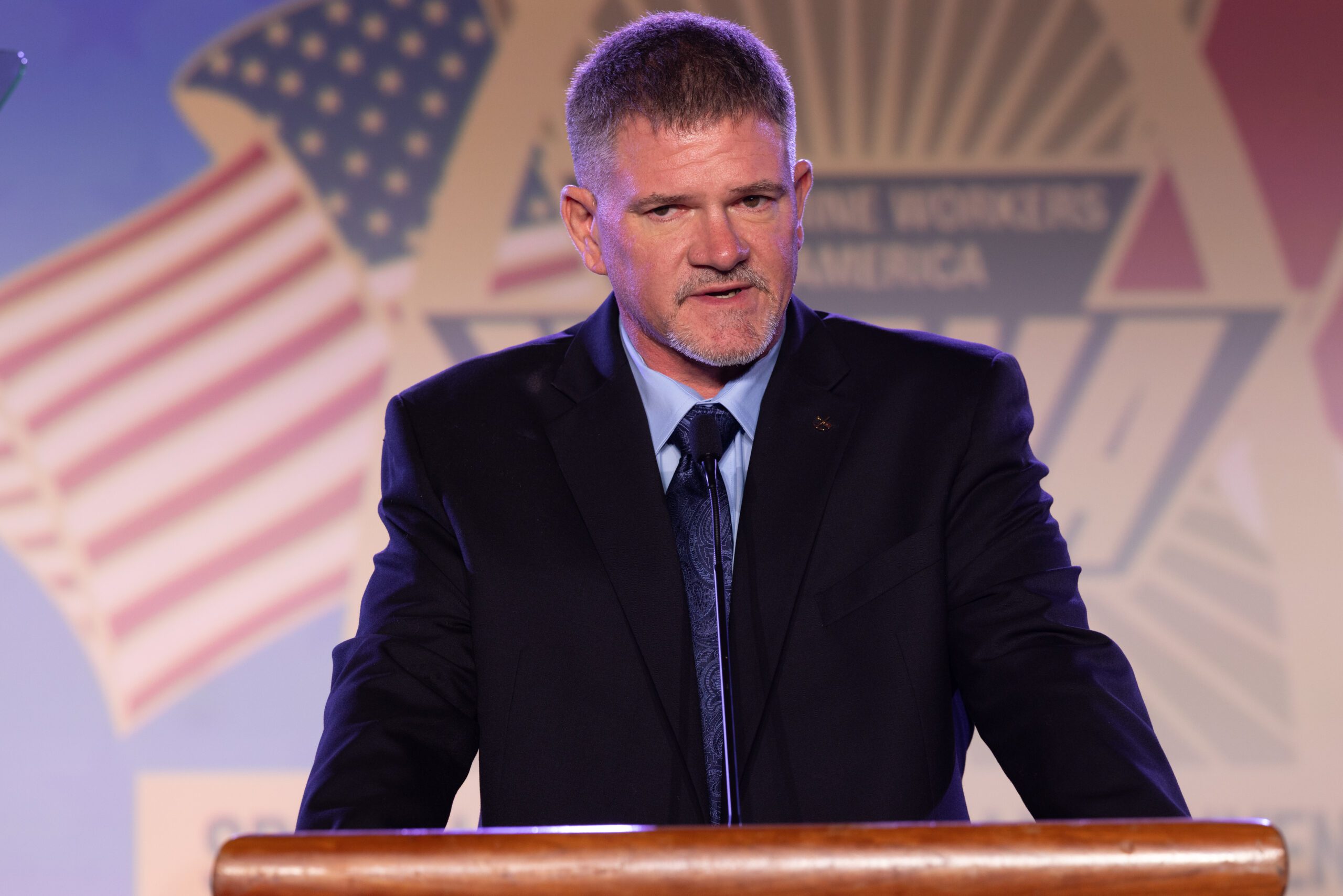
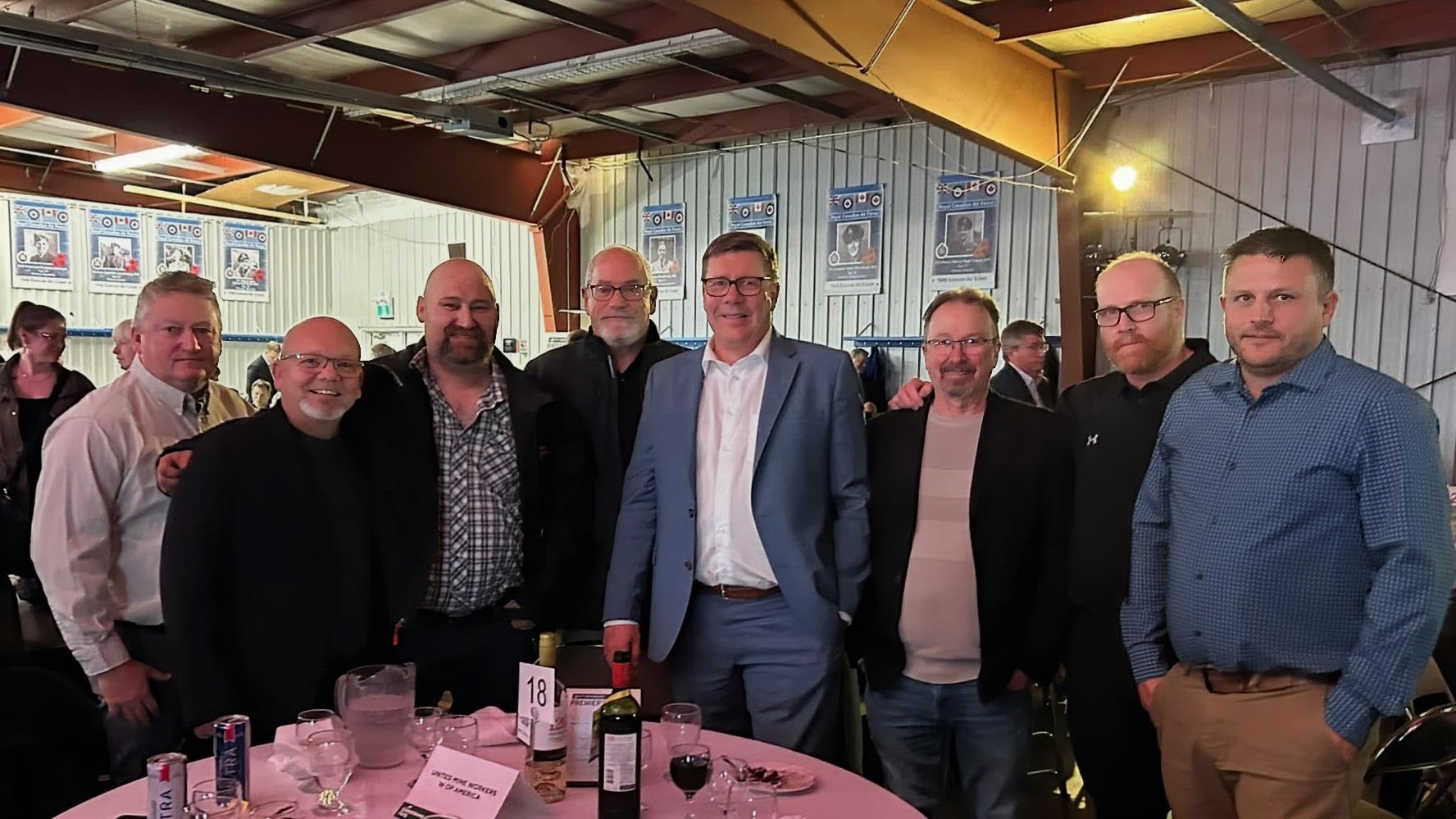






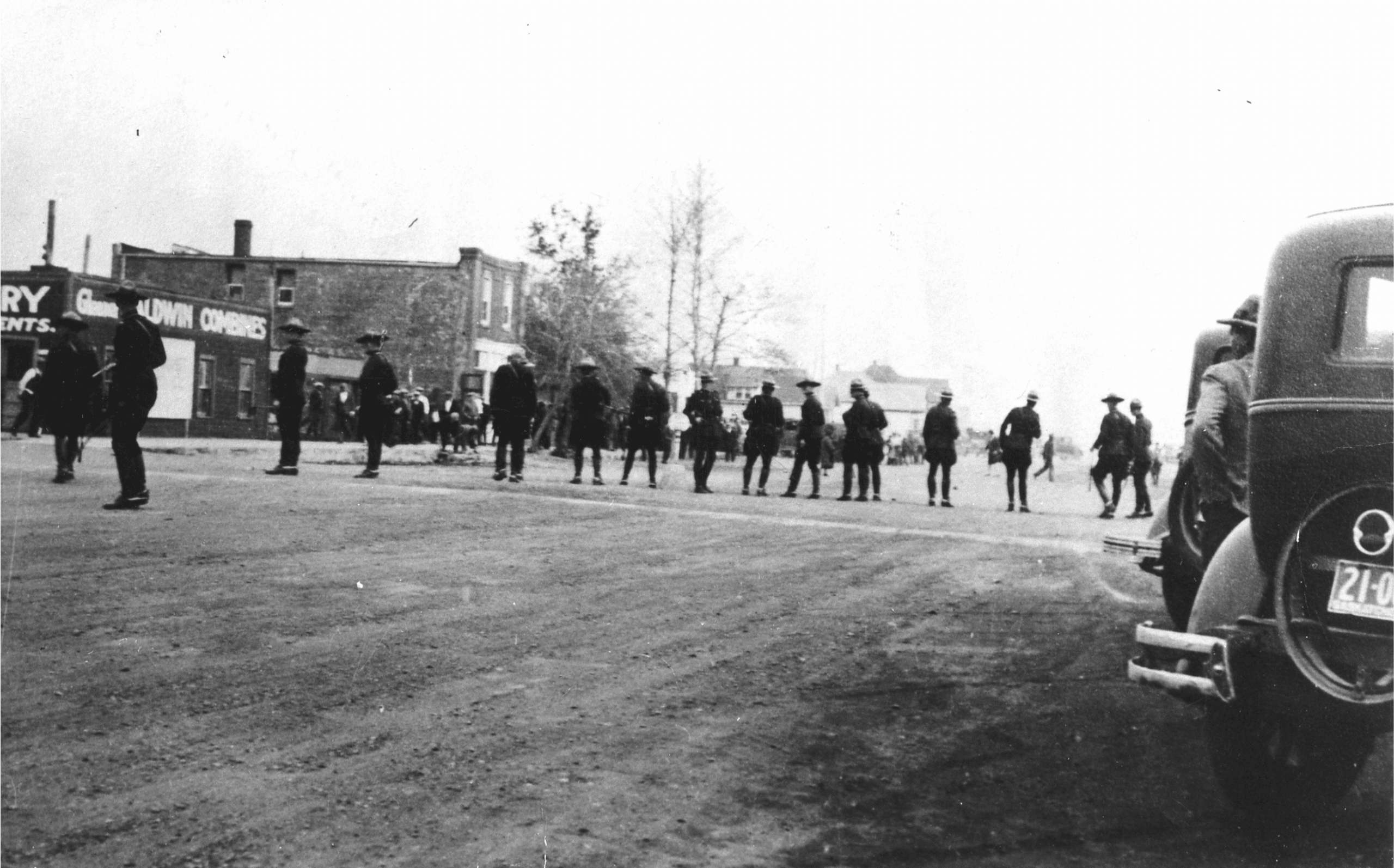


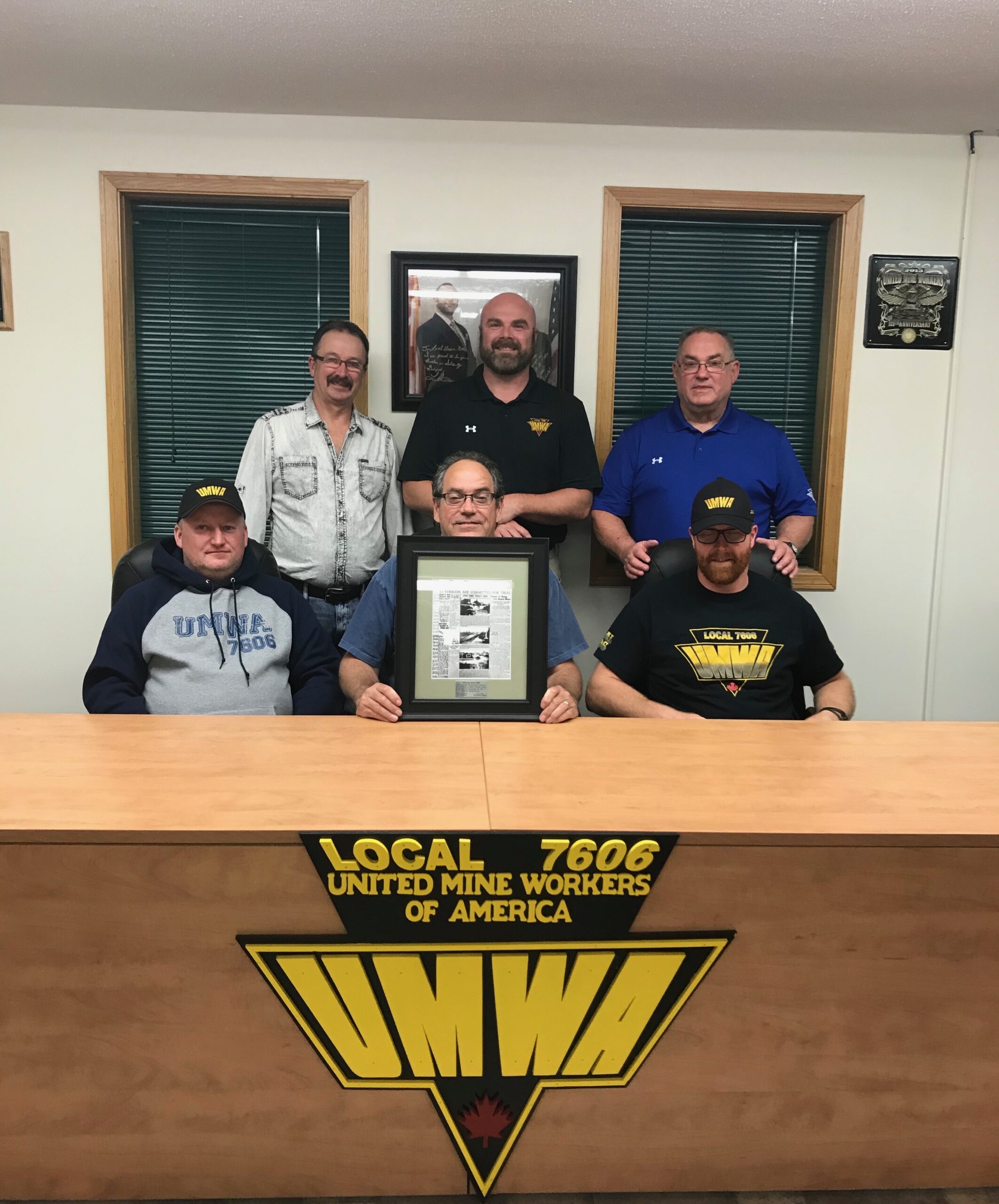 Today, nearly a century later, the United Mine Workers of America continues to represent miners in Estevan and across Saskatchewan. We have never turned our backs on our Canadian brothers and sisters. The blood spilled on the streets of Estevan flows through the veins of our union to this day, a reminder of what was sacrificed and what must never be forgotten.
Today, nearly a century later, the United Mine Workers of America continues to represent miners in Estevan and across Saskatchewan. We have never turned our backs on our Canadian brothers and sisters. The blood spilled on the streets of Estevan flows through the veins of our union to this day, a reminder of what was sacrificed and what must never be forgotten.